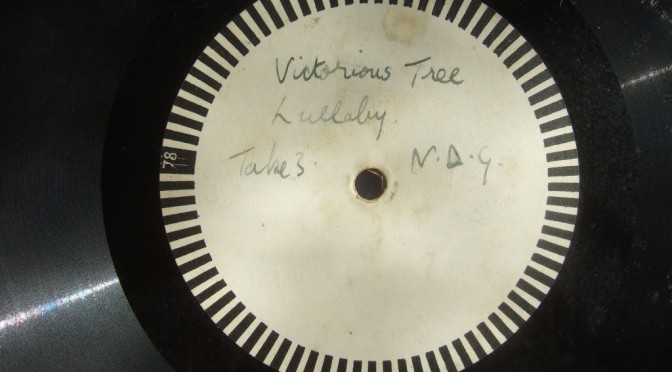I have finally acquired a copy of archive recording of tautirut playing from 1958 held by the Canadian Museum of History in Gatineau, Quebec.
Tautirut is the Inuit word for the bowed harp or box zither played in the area around northern Quebec and southern Baffin Island. It has strong connections to other bowed-harp traditions in Scandinavia and further afield. For more on the wider bowed-harp and bowed-lyre traditions I have made a bowed-harp web page.
The collector Asen Balikci was visiting Povungnituk in Quebec in 1958, and he seems to have commissioned the people there to make a couple of “reconstructions” of the tautirut. I assume the “reconstructions” were necessary because the tradition was moribund there by that date.
Cariola, then 38 years old, played tunes on the newly made instruments. Balikci recorded her playing and took the instruments and the tape recordings back to the Museum.
The instruments are similar to each other; each has three sinew strings. The bow is strung with a willow root. They have only one bridge, so the strings must be fingered where they come off the soundboard, not into the air as on the Icelandic Fiðla and earlier Tautirut.
Here are the catalogue entries for the two instruments:
IV-B-648 made by Peterussie
IV-B-649 made by Krenoourak
Krenoourak’s instrument looks better; it is longer (though still not as long and slender in shape as the late 19th and early 20th century instruments), and it includes two little bits of wood which are now separate but which I presume are connected to tuning the instrument. These things have no tuning pegs; the strings are just attached to the ends, or in Krenoourak’s case, to leather straps attached to the end. Peterussie’s instrument is extremely short and fat, but it does have an ivory nut at each end where the strings pass over the ends.
Here is the museum catalogue entry for the sound recording:
Control no. IV-B-46T
Cariola’s playing is very interesting, fast and obviously improvised. She uses different tunings; in the earlier tracks she has the instrument tuned with the drone a 4th below the melody note; in later tracks the drone is dropped to an octave below the melody note. I am particularly interested in the track that sounds like a trumpet fanfare, with the melody on 1st, 3rd, half-sharp 4th and 5th of the scale, with the octave bass drone. Her intonation drifts; sometimes it is clean and deliberate, while at other times it is rather wayward.
Her instrument is tuned higher than Sarah Airo’s (see my earlier post) but the general style of playing and the sound is similar. Cariola seems to use the drone more sparingly, touching it at the same time as playing the stressed melody notes, whereas Sarah is more often alternating between the melody and drone strings so the drone becomes a rythmic part of the tune. I wonder about this being a woman’s music, and about the style – it does seem to be connected to other bowed-harp styles from Scandinavia. And the players were 200 miles apart – though perhaps that is not very far in Northern Quebec.
Now to listen and learn some of the motifs and playing techniques!







